The most crucial thing you can do for the wellbeing and development of your plants in gardening is to understand the pH level of your soil. The availability of nutrients is determined by the pH of the soil, which is important for plant growth. Maintaining soil health is crucial for the growth and development of your plants. One way to improve soil health is through composting, which can provide essential nutrients to your soil. This in-depth tutorial will discuss how crucial it is to test your soil’s pH and assist you in picking the best soil pH testers for your garden. You can create an environment where your plants can thrive and ensure the pH levels are appropriate with the right equipment.
Understanding Soil pH
Soil pH refers to the measurement of acidity or alkalinity in the soil. It is determined by the concentration of hydrogen ions present. The pH scale ranges from 0 to 14, with a pH of 7 considered neutral. pH values below 7 indicate acidity, while values above 7 indicate alkalinity. Most plants prefer a slightly acidic to neutral soil pH, around 6.0 to 7.0, as this range facilitates nutrient availability and supports healthy root development.
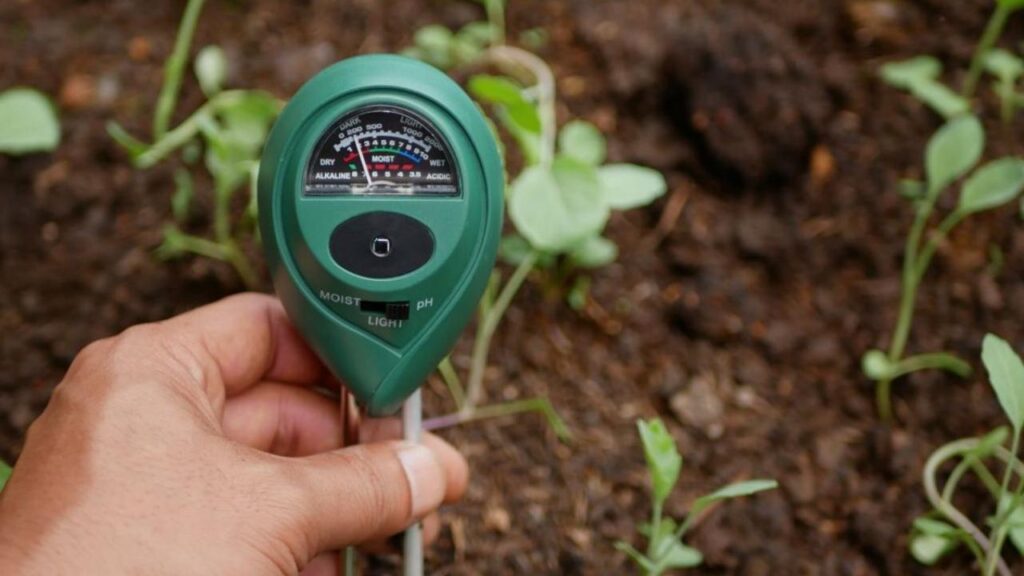
The Importance of Testing Soil pH
Testing soil pH is essential for several reasons. First, pH affects the availability of essential nutrients to plants. Each nutrient has an optimum pH range for absorption. If the soil pH is too high or too low, certain nutrients may become less available, leading to nutrient deficiencies and stunted growth. Secondly, soil pH influences soil microbial activity. Beneficial soil microorganisms, responsible for breaking down organic matter and improving nutrient availability, thrive within specific pH ranges. Lastly, soil pH impacts soil structure and influences the solubility of minerals, further affecting plant growth and overall soil health.
Types of Soil pH Testers
Several types of soil pH testers are available, each with its own benefits and considerations. Let’s explore the most common types:
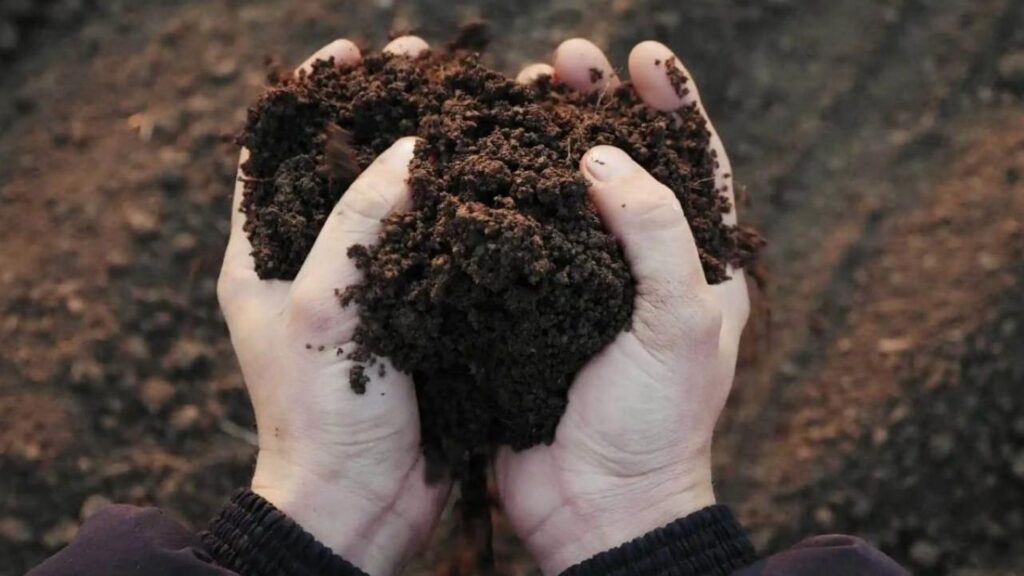
Digital pH Meters
Digital pH meters are precise and provide an accurate measurement of soil pH. They typically consist of a probe that is inserted into the soil, and the pH reading is displayed on a digital screen. These meters often have additional features such as temperature measurement and automatic calibration. While digital pH meters offer accuracy, they tend to be more expensive than other options and require periodic maintenance and calibration.
Probe Testers
Probe testers, also known as electrode-based testers, are affordable and easy to use. They feature a probe that is inserted directly into the soil. The pH reading is displayed on a dial or indicator. Probe testers are generally less accurate than digital pH meters but offer a cost-effective option for basic pH testing. Regular calibration is necessary to maintain accuracy.
Test Strips
Test strips are simple, inexpensive, and widely accessible. They consist of paper strips treated with pH-sensitive chemicals. To use them, you insert the strip into a soil sample or soil-water mixture and compare the resulting color change with a color chart provided. Test strips are convenient for quick pH assessments, but they are less accurate than digital meters or probe testers. They are best suited for general pH monitoring rather than precise measurements.
Liquid pH Indicator Kits
Liquid pH indicator kits involve mixing soil samples with a provided indicator solution. The color change of the solution indicates the soil pH. These kits can offer accurate results, but they require careful observation of color changes and may be more time-consuming compared to other methods.
Professional Laboratory Testing
For comprehensive soil analysis, professional laboratory testing provides the most accurate and detailed results. By submitting a soil sample to a reputable lab, you can obtain a complete analysis of soil pH and nutrient levels. This option is particularly beneficial if you require precise data or if your garden faces complex soil challenges. Keep in mind that professional lab testing may involve additional cost and time.
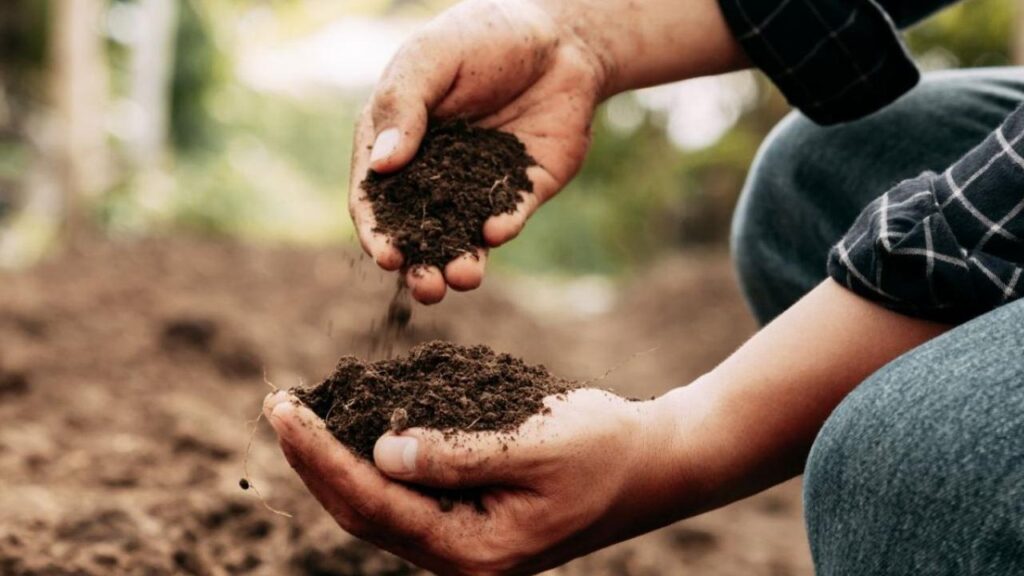
How to Use a Soil pH Tester
The specific instructions for using a soil pH tester may vary depending on the type of tester you choose. However, here is a general step-by-step process:
- Prepare the soil sample: Collect soil samples from different areas of your garden, avoiding areas near fertilizers or compost piles. Mix the samples together in a clean container, removing any debris or stones.
- Calibrate the tester (if required): For digital pH meters or probe testers, follow the manufacturer’s instructions to calibrate the device. Calibration ensures accurate readings by accounting for any variability in the tester.
- Insert the probe or test strip: Insert the probe into the soil or dip the test strip into the soil-water mixture as per the instructions provided with your chosen tester. Make sure to insert the probe or strip to the recommended depth, typically 4-6 inches.
- Read the pH measurement: Read the pH value on the digital screen or compare the color change of the test strip with the provided color chart. Take multiple readings and average the results for greater accuracy.
- Interpret the results: Compare the pH measurement to the desired pH range for your specific plants. This will help you understand if the soil pH needs adjustment.
How to Adjust Soil pH
If your soil pH falls outside the optimal range for your plants, adjustments may be necessary. Here are some methods for adjusting soil pH:
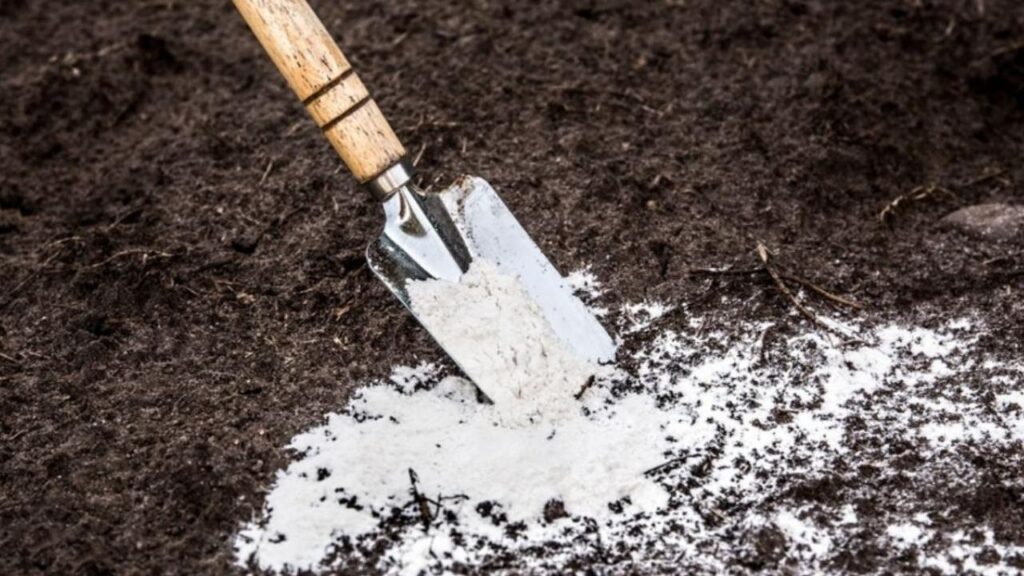
- To raise pH (make the soil more alkaline): Apply agricultural lime or dolomite lime to the soil. These materials gradually increase soil pH over time. Follow the recommended application rates based on your soil type and desired pH adjustment.
- To lower pH (make the soil more acidic): Apply elemental sulfur, aluminum sulfate, or organic materials like composted pine needles or coffee grounds. These amendments help to acidify the soil. As with lime, follow recommended application rates and monitor pH levels after each adjustment.
Remember that adjusting soil pH is a gradual process, and it’s important to monitor pH levels regularly to avoid overcorrection.
Conclusion: Nurturing Your Garden with pH Precision
Understanding and managing soil pH is a crucial aspect of successful gardening. By selecting the best soil pH tester suited to your needs and following proper testing procedures, you can effectively monitor and adjust your soil pH to create an optimal environment for your plants to flourish. Remember to consider factors such as accuracy, ease of use, and your budget when choosing a soil pH tester. Additionally, maintain a holistic approach to gardening by focusing on proper watering, fertilization, and soil management. With pH precision in your gardening arsenal, you are well-equipped to create a thriving and bountiful garden. Happy gardening!

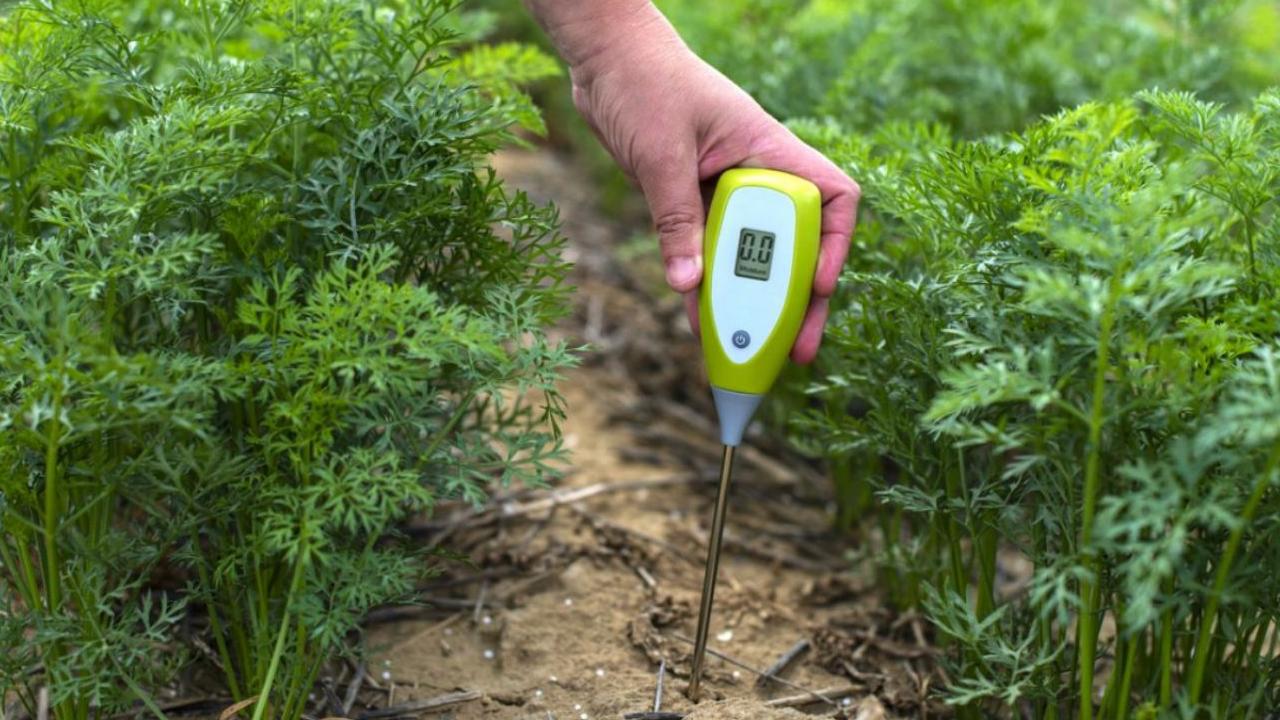

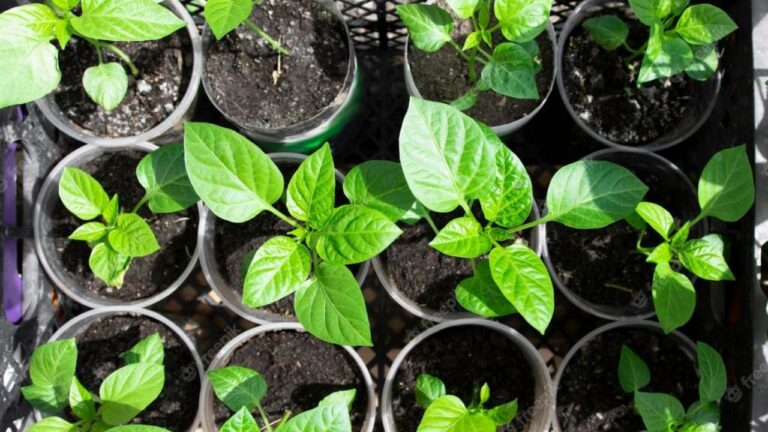
Leave a Comment